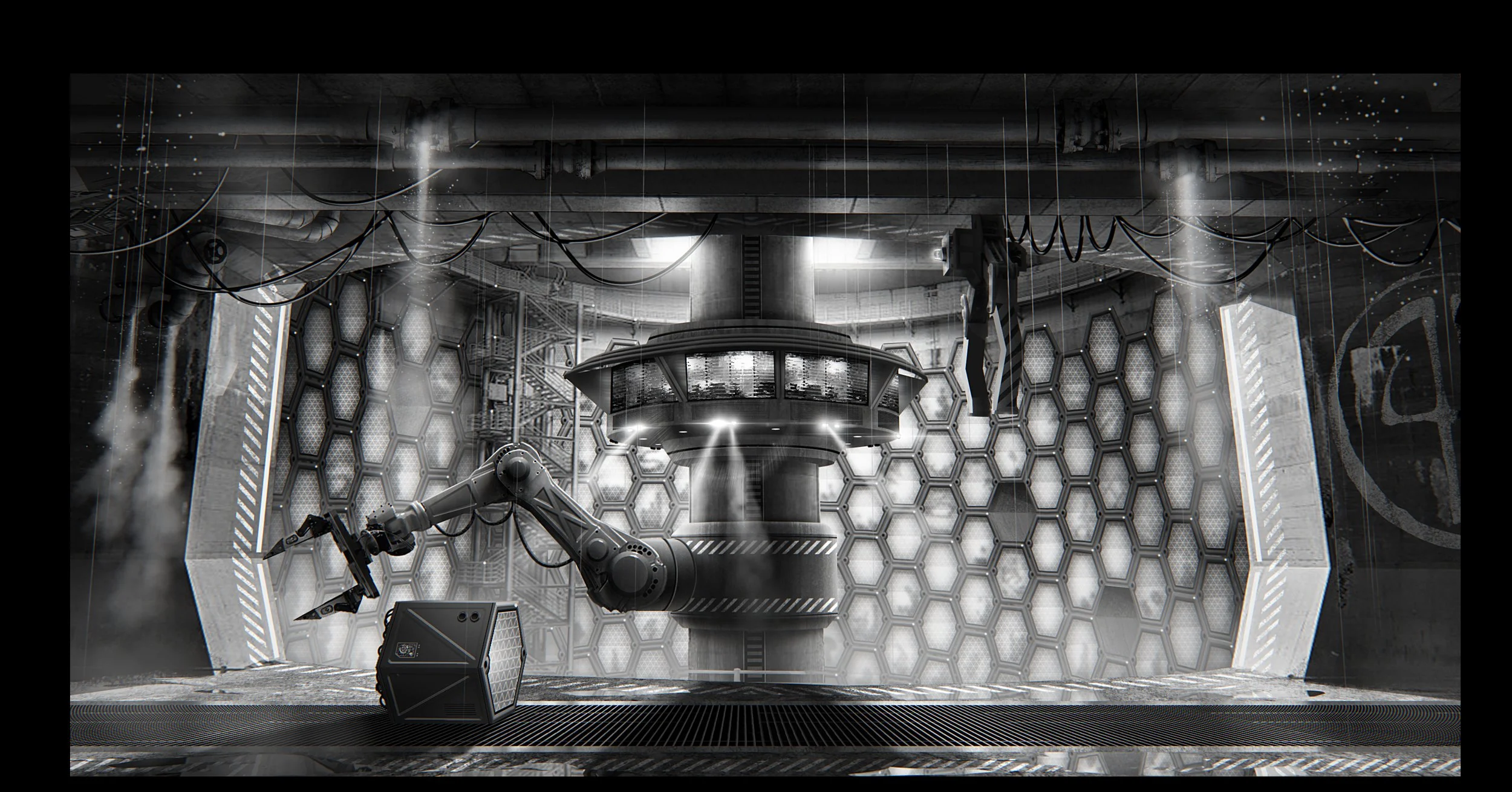The who and why.
Let’s get the “Who” out of the way before jumping into the juicier “Why”. I’m Allen Vandegrift and for nineteen years I’ve designed combat encounters in the video game industry. Currently, I’m at Blizzard Entertainment where I work on dungeons and raids for World of Warcraft. I’m fortunate to not only have a job where I make robots spew toxic confectionary, but I do it alongside some of the most passionate and talented folks I’ve ever had the pleasure of working with.
So why would a guy who makes digital monsters want to develop a tabletop game? To answer that, let’s don our imagination caps and travel back to the mid-80s. Our story begins in the cluttered bedroom of my teenage cousin. With the reverence of a monk displaying an illuminated tome, he reveals a dusty red box from under his bed. On its cover, a warrior locked in combat with a red dragon promises thrilling adventure. Eager to begin, my cousins and I pick pre-rolled characters and my dwarf fighter was born. As we snuck through an orc hideout, we heard approaching guards and scrambled for places to hide. Without options and desperate, I asked if I could hide in a pile of trash. When the dungeon master replied “yes”, my head exploded into confetti. Up till now, my only dungeon delving experience was via games on the Commodore 64 constrained by the limits of their programming. In this game, the only limits where my imagination. My young brain raced with possibilities; could I dance naked through the halls to distract the guards, could I hide in the rafters then garrote a guard with my beard, could I serve a guard divorce papers to watch his heart shatter? Forgive the juvenile options, I was seven. What’s important is this is where my love of tabletop games blossomed.
Though this was a forbidden love. During this era Satanic Panic swept the nation, a movement to convince parents that heavy metal and demonic games were bringing their children under the thrall of Beelzebub. With my soul on the line, my parents forbade me from participating in these foul rituals. Thus began my adventure into running illicit campaigns.
During one clandestine gaming session my mother burst through the door sending papers flying everywhere. She expected to find us covered in goat’s blood drawing abyssal circles, but as the character sheets settled to the ground, all she saw were numbers and boxes. We looked like a couple of nerds filling out tax forms. While we passed our bluff checks on this occasion keeping these books hidden wasn’t sustainable. So I did what any respectable geek in my position would do and created a game that could be kept in my head. Then in the summer between leaving grade school to enter junior high I asked some friends that most important question, “Wanna play a game I made?”
Thankfully they said yes, and while the players changed over the decades I continue to run the game and develop it today. It’s become the largest creative endeavor of my life, but more importantly it gave me purpose, which was difficult for an awkward kid growing up in West Virginia to find.
I fully comprehend the odds of success are about the same as someone reading this far. But if the threat of eternal damnation couldn’t dissuade me from embarking on this journey, then the fear of failure won’t. Besides, if there is a chance my game helps unlock inspiration for someone else or brings people together for fantasy action with lasers, then isn’t this a risk worth taking?
